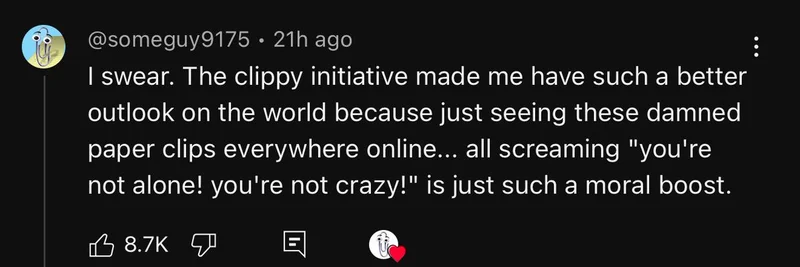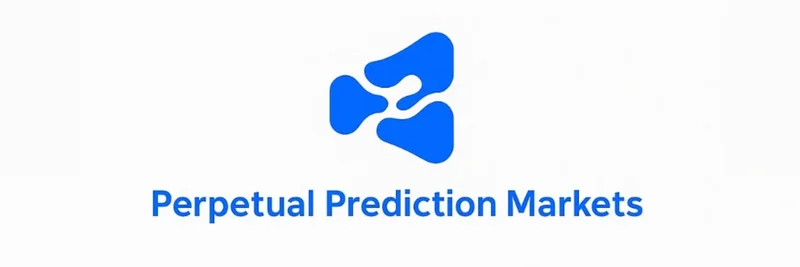Have you noticed a bunch of paperclip avatars popping up everywhere online? That's Clippy, the old Microsoft Office assistant from the '90s, making a comeback—not as a helpful tool, but as a symbol of rebellion. And right in the middle of this viral storm is the $CLIPPY meme token, which is riding the wave of public frustration with big tech companies.
The buzz started when popular YouTuber Louis Rossmann, known for his advocacy on right-to-repair and consumer rights, dropped a video on August 7, 2025, titled "Change your profile picture to clippy. I'm serious." In it, he rallies viewers to swap their PFPs (profile pictures) to Clippy to protest against unethical practices like data mining for AI training, selling personal info, and locking users out of their own devices. Clippy represents a simpler time when software helpers didn't spy on you or sell your data—unlike today's tech giants like Meta and Microsoft.
Rossmann's video exploded, racking up over 2.2 million views in days. Comments flooded in from users with Clippy PFPs, sharing stories of how tired they are of invasive ads, subscription traps, and privacy violations. It's not just talk; people are drafting letters to officials and spreading the word across platforms.
Enter the crypto world. The $CLIPPY meme token on Solana's pump.fun platform launched around the same time, capitalizing on this momentum. Meme tokens, for the uninitiated, are cryptocurrencies inspired by internet memes, often driven by community hype rather than traditional utility. $CLIPPY embodies the protest spirit, with holders seeing it as a way to "stick it" to big tech while potentially profiting from the viral trend.
A recent tweet from @_Shadow36 highlights just how far this is spreading on YouTube alone. It shows screenshots and clips of search results for "clippy," filled with videos explaining the movement, reactions, and calls to action. One video teases "You Changed Your Profile to Clippy: Now What?" while another boldly states "I'm Not Kidding." Views are in the hundreds of thousands, and comments are swarming with Clippy avatars.
The tweet notes thousands changing their PFPs to show unity, and even mentions folks drafting letters to local officials. This isn't just a fleeting meme; it's a grassroots pushback that's bridging Web2 (traditional internet) users with Web3 (blockchain) enthusiasts.
For blockchain practitioners, this is a prime example of how real-world movements can fuel meme token adoption. $CLIPPY's chart has seen ups and downs, but with endorsements from crypto influencers and a growing community, it's positioned for potential growth. Communities are building NFT collections tied to Clippy themes and even PFP generators to customize your digital paperclip.
If you're diving into meme tokens, remember: they're volatile and driven by sentiment. Do your own research (DYOR), as the space moves fast. But if the Clippy movement keeps gaining steam, $CLIPPY could become a symbol of crypto activism—much like how Dogecoin started as a joke but became a cultural phenomenon.
Check out the original tweet here for more details, and follow Louis Rossmann on YouTube for updates on the protest. Who knew a quirky paperclip could spark such a revolution?
Why Clippy Resonates in Crypto
Clippy's revival taps into nostalgia while addressing modern woes. In blockchain terms, it's like decentralized resistance against centralized control. Meme tokens thrive on narratives, and this one has a strong, relatable story.
The Future of $CLIPPY
With CEX listings possibly on the horizon and the movement showing no signs of slowing, keep an eye on $CLIPPY. It might just clip its way to new highs.
Stay informed, stay safe, and maybe consider joining the Clippy army—if not for the protest, then for the memes!




